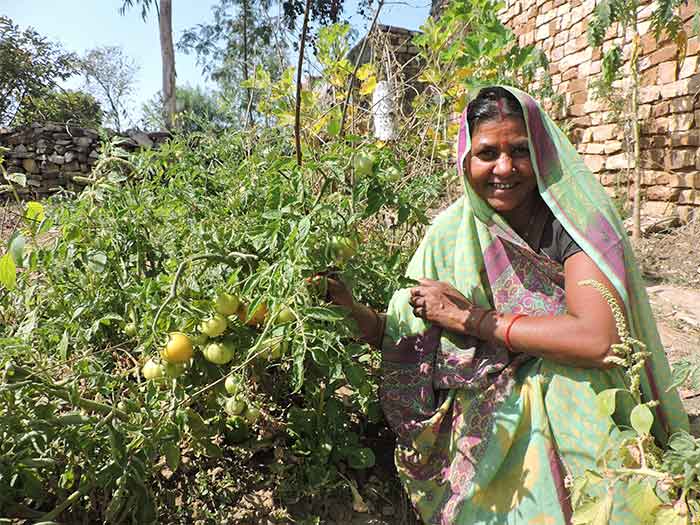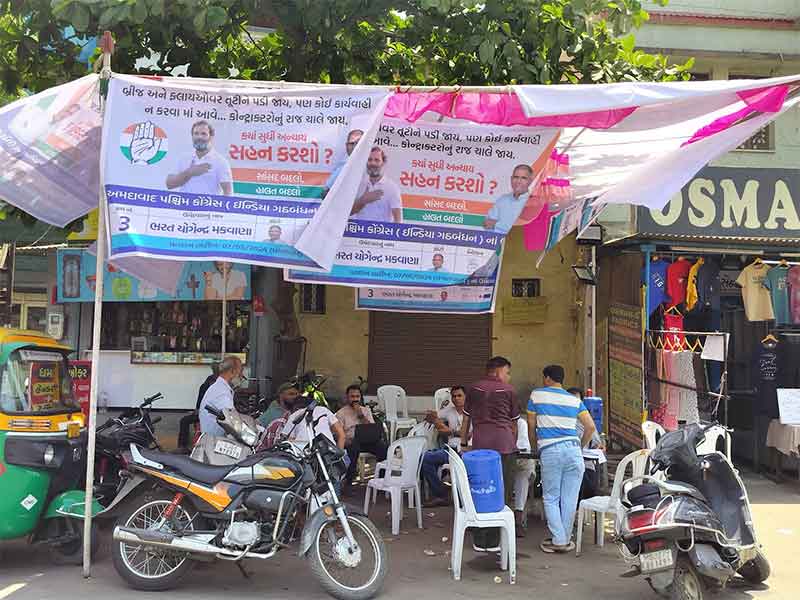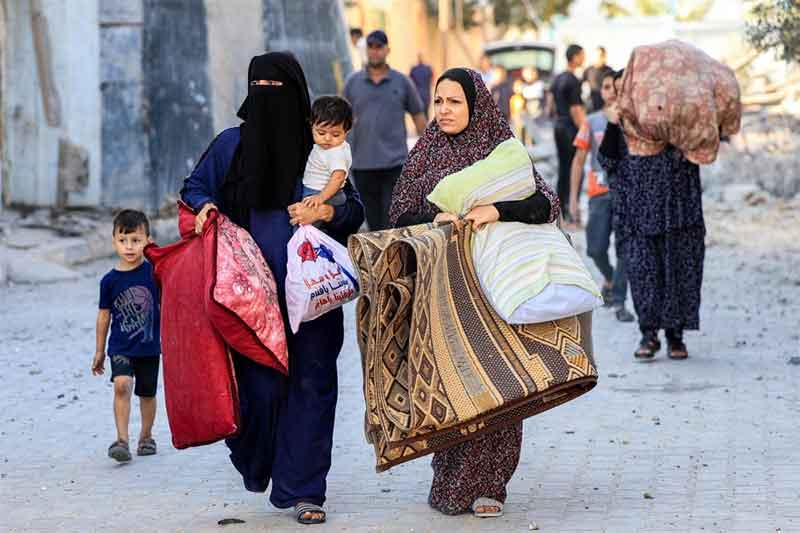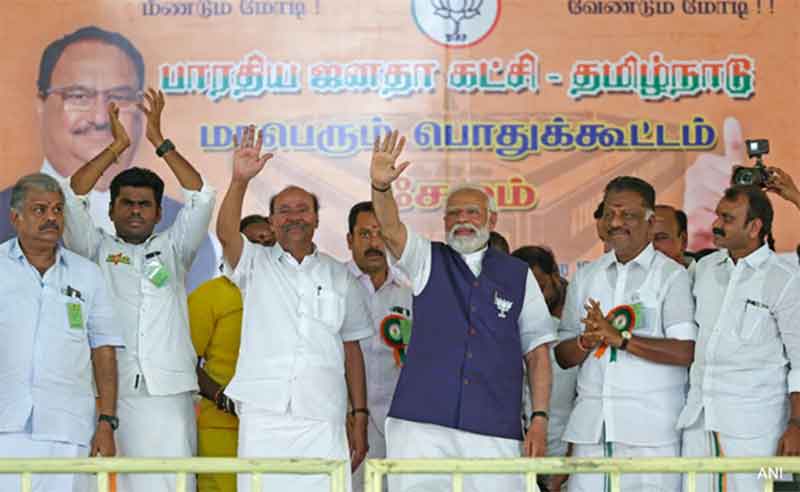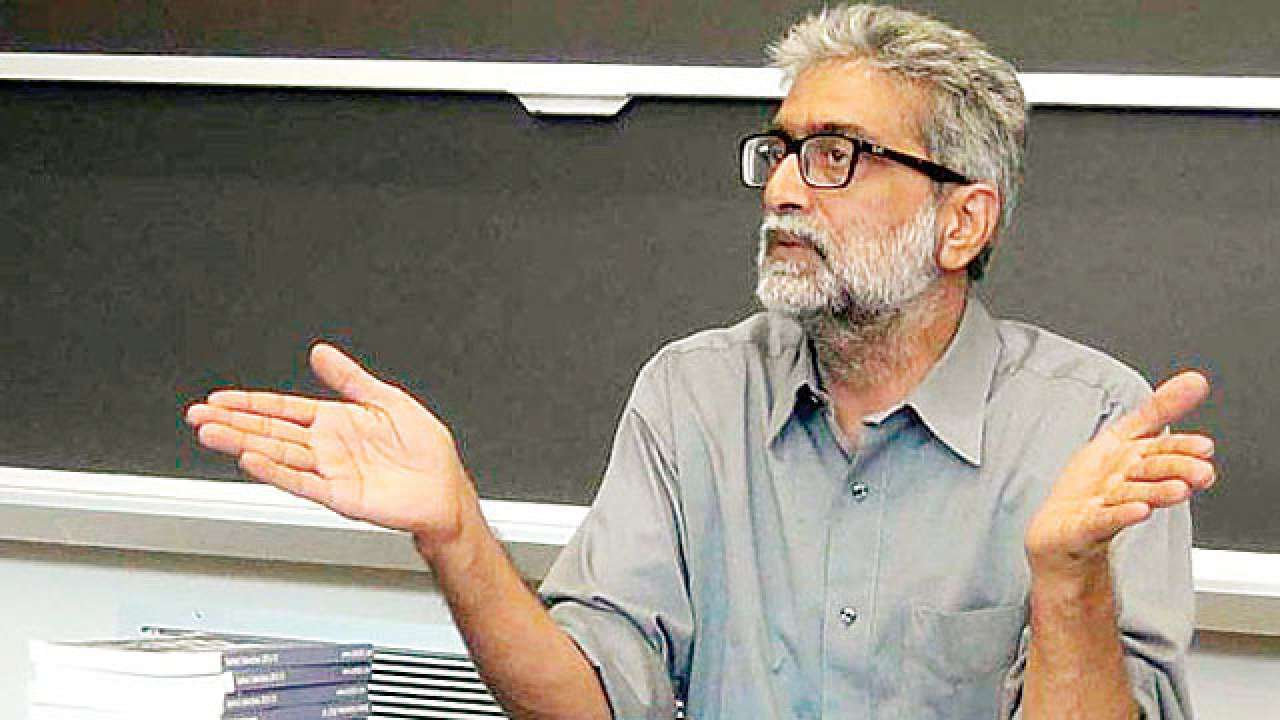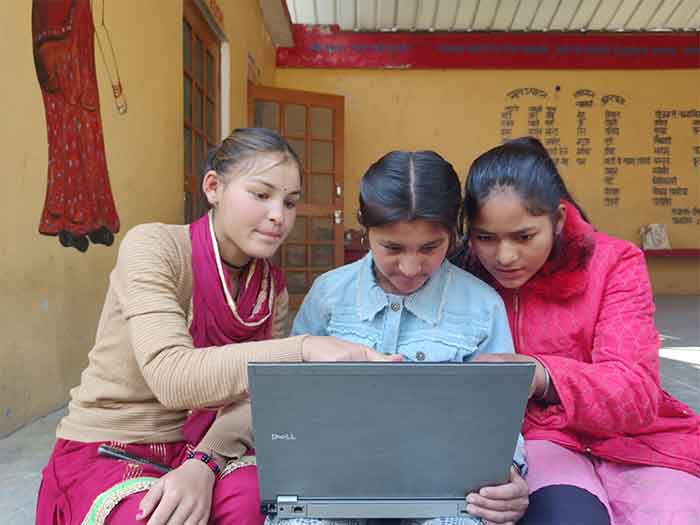
In today’s era of advanced technology, where Artificial Intelligence (AI) and digital innovations are transforming lives, it is disheartening to acknowledge that several remote villages in India still lag behind, lacking even the most basic digital literacy. Talking about remote hilly villages in Uttarakhand, the privilege of knowledge and access to digital literacy still remains elusive, especially for girls. One such village is Selani, located in the Garur block of Uttarakhand, where Kumari Mamta, an adolescent girl, faces numerous challenges in accessing computers.
Mamta travels a distance of 27 kilometers from Selani to Baijnath in Garur block to access the Common Service Centres (CSC), which serve as the primary delivery points for e-services. Due to the absence of computers in her own school and village, Mamta must rely on the CSC to fill out any applications related to education or scholarships. However, due to her lack of computer skills, Mamta and her friends find themselves dependent on the distant CSC for their basic needs.
Mamta lamented, “In order to have computers in our village, we first need a reliable network. Currently, even filling out a simple form for college or other courses requires us to travel long distances. Unfortunately, we often miss deadlines due to lack of information or money to cover travel expenses. After completing higher secondary education, the career options for girls diminish significantly as we are not provided with computer education. Furthermore, we do not have any facilities nearby to access digital services and learn. Consequently, girls are frequently compelled into early marriages, with limited choices available to them.”
Lack of access to computers may seem like a minor problem, but its impact on people’s lives, particularly girls living in rural areas, is significant. Acquiring basic computer skills can empower these girls, providing them with access to knowledge that allows them to make informed decisions. Moreover, computer literacy opens up opportunities for employment once they have completed their education.
According to a recent report, digital literacy rates among women in India are significantly lower compared to men, with only 23% of women being digitally literate compared to 59% of men. One of the primary reasons for this disparity is the lack of access to digital infrastructure and opportunities, particularly in close proximity to where girls live. As a result, they are unable to acquire the necessary skills and knowledge in this field, leading to the mentioned data.
Sangeeta Devi, a mother of an adolescent girl from the village, highlights the challenges faced by girls in pursuing digital literacy. “Due to safety concerns, it is not feasible to send girls from the village to the towns for computer classes. However, establishing a computer centre within the village would greatly facilitate their learning process. This would provide a convenient and safe environment for girls to access digital education, empowering them with valuable skills for the future,” Sangeeta shared.
Kumari Asha Dosad, another teenager from the village, expressed her frustration about the current situation. “It has been two years since I completed 12th grade, and I find myself sitting at home with no prospects for the future,” lamented Asha. Like many others, Asha aspires to achieve something meaningful in her life, but she can’t see any way forward. She understands that computers can be powerful tools for acquiring knowledge, but unfortunately, she and her fellow villagers have no means to access this valuable resource. Despite their strong desires, they have been unable to accomplish anything due to the lack of opportunities.
Neelam Grundy, a development practitioner from the region, similarly highlights the significance of digital literacy for adolescent girls. She believes that it is crucial for them to possess this skill set as it empowers them and makes them self-reliant. “While women and girls in cities have multiple opportunities for self-reliance, those in rural areas rarely have such prospects. Several factors contribute to this disparity, including the lack of educational opportunities, gender-based discrimination, and the absence of free and accessible computer literacy programs. Consequently, girls in rural areas are deprived of holistic development,” expressed Neelam.
Many schools in rural areas have computer infrastructure, but it is often insufficient to provide classes to the students. As a result, some students, who have the facilities and consent from parents can acquire the knowledge by going to centres in the towns. While the rest who lack such privileges, remain entrenched in an unyielding cycle of adversity.
Janki Dosad is a student of BA first year from Selani village in Bageshwar, Uttarakhand. Share your feedback on [email protected]
Charkha Features
The article has been published earlier in Daily Pioneer.


















